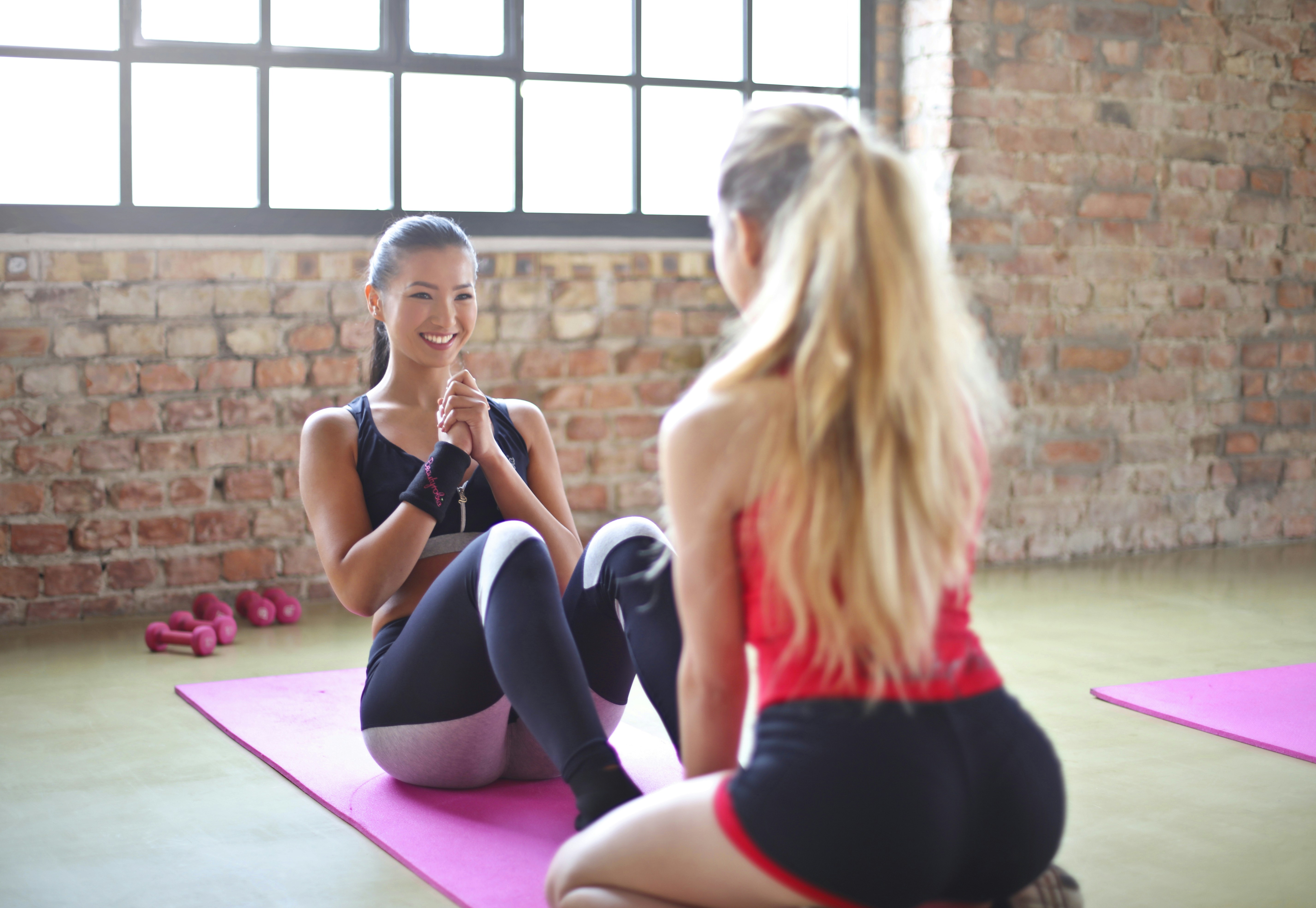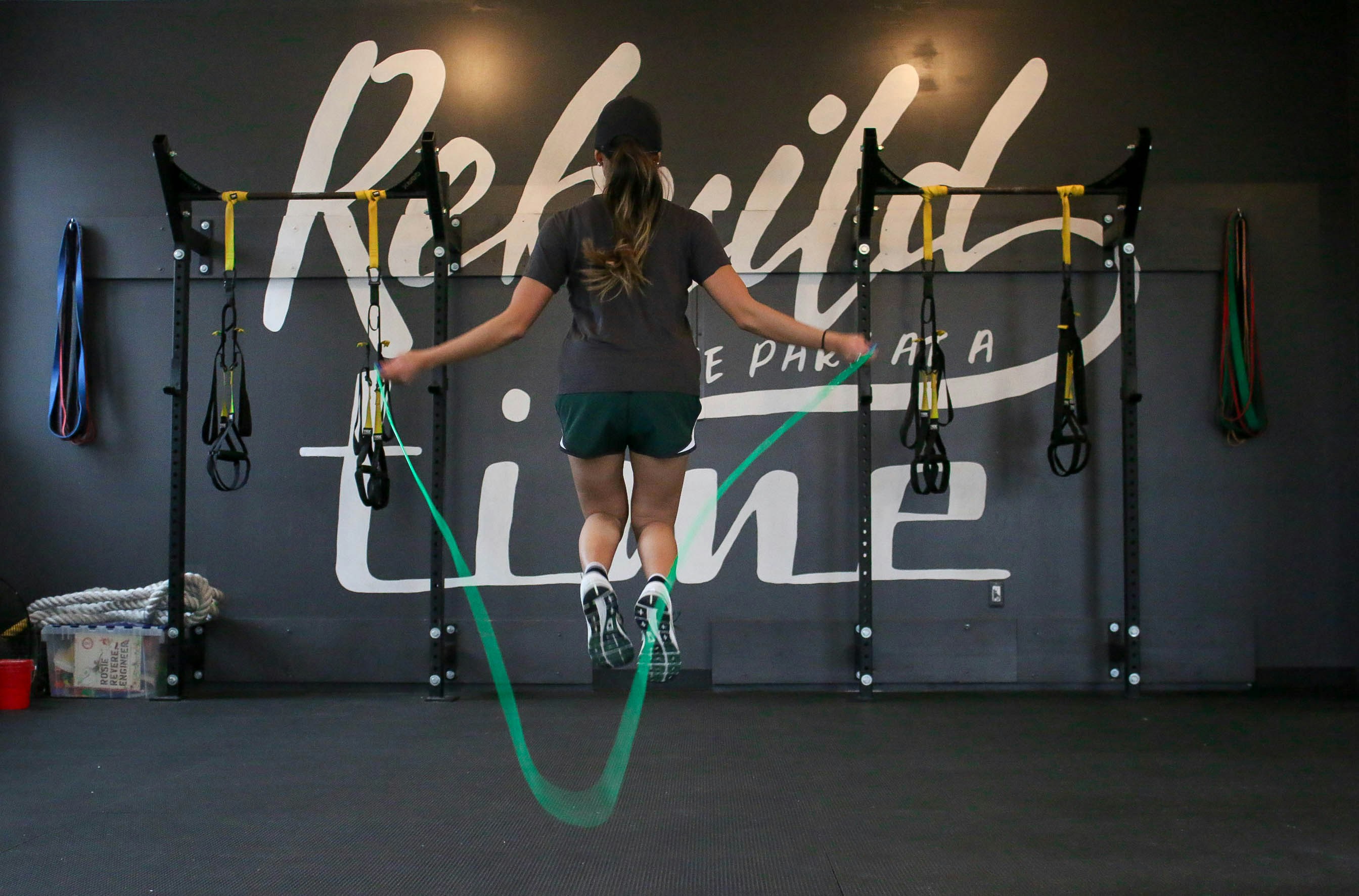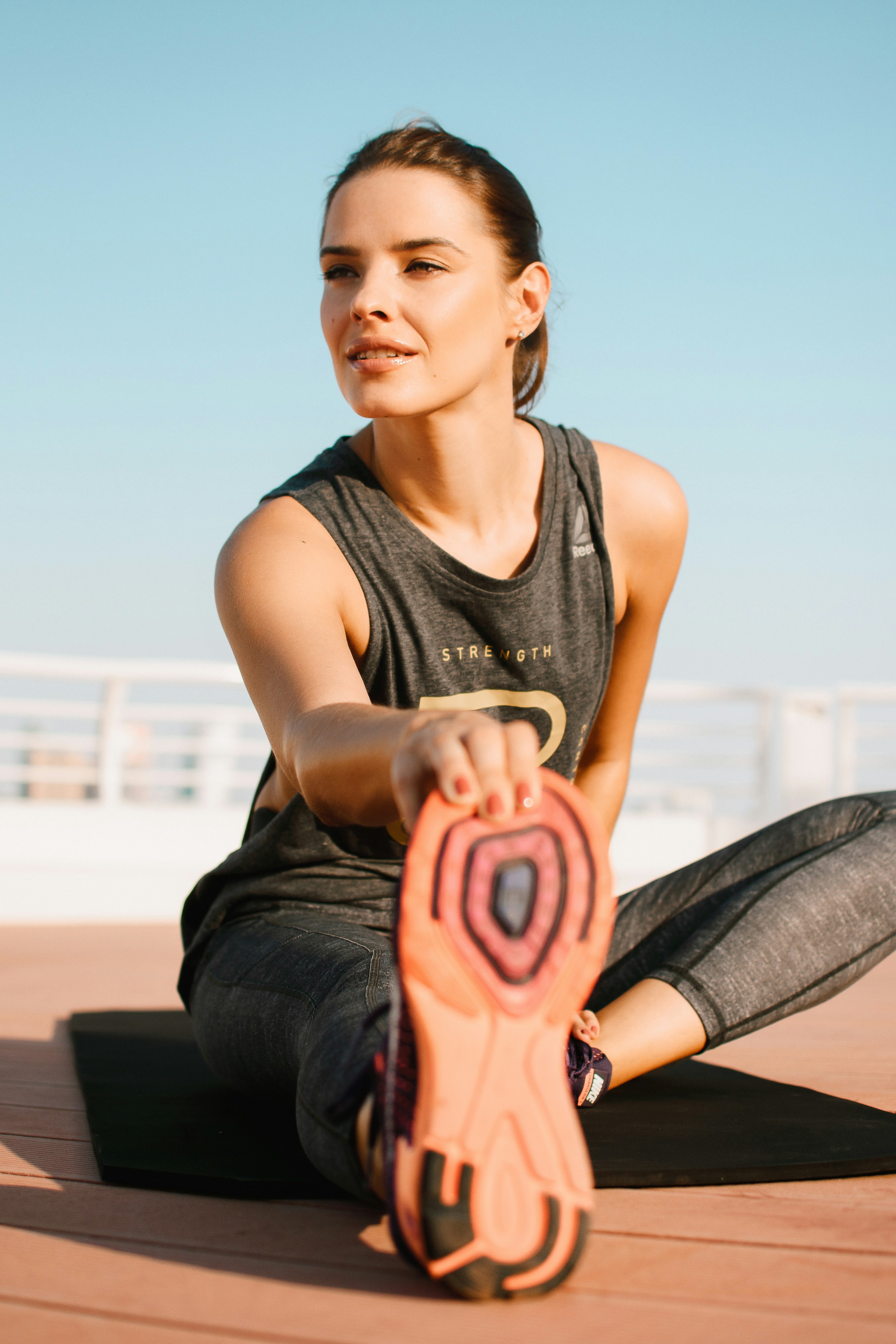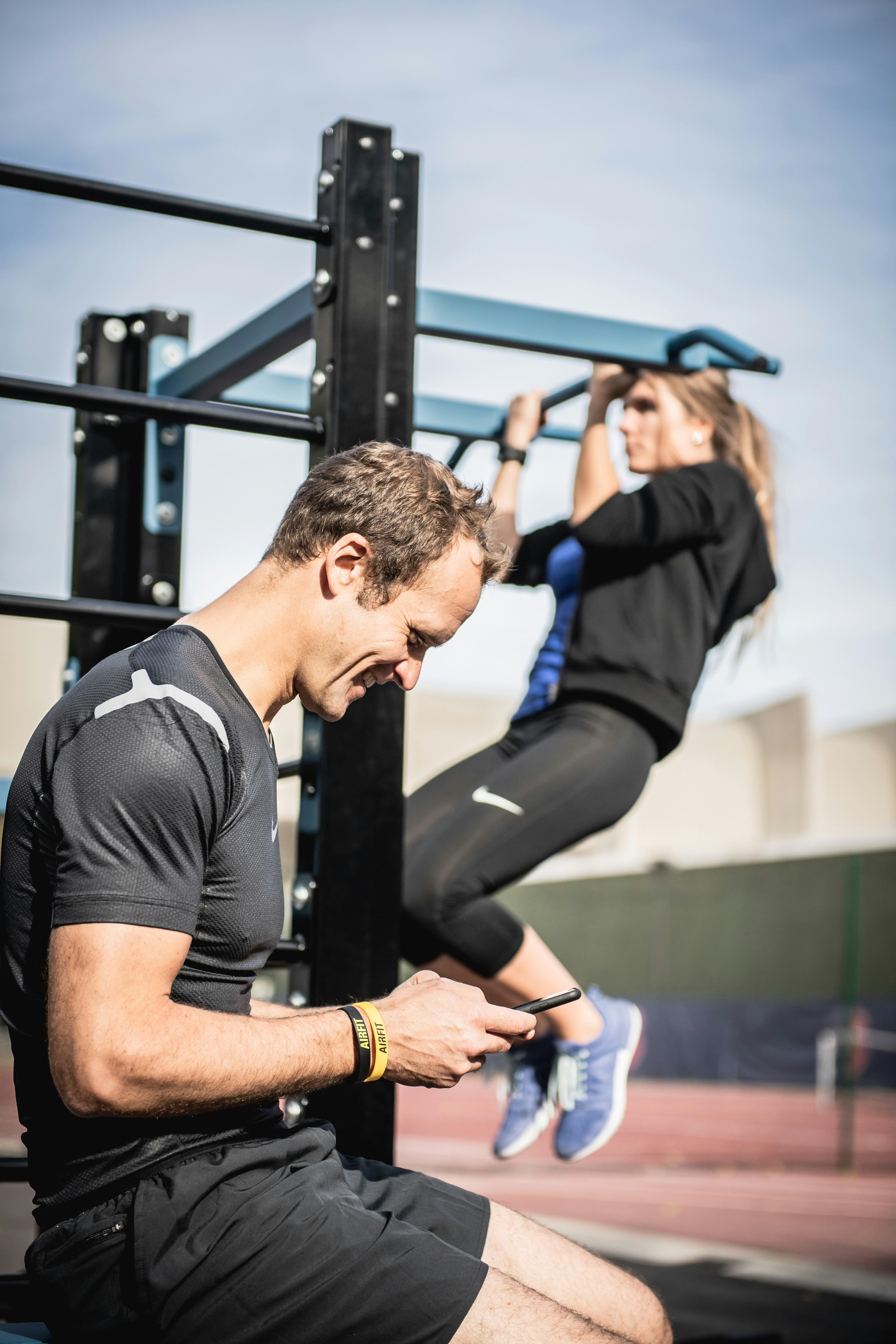The Importance of Stretching and Relaxation Training in Fitness
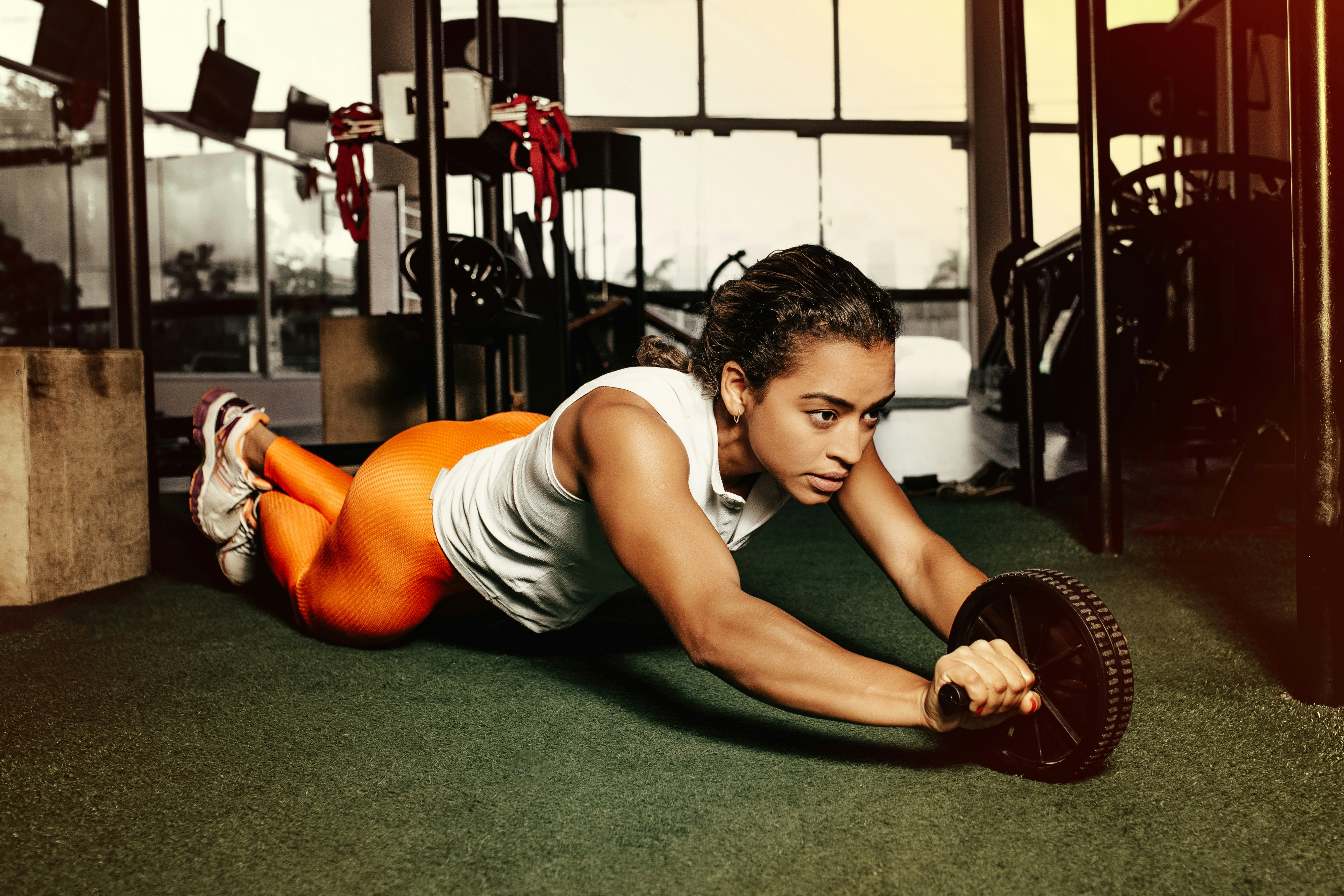
The Importance of Stretching and Relaxation Training in Fitness
Whether you're a seasoned athlete or a beginner in the gym, stretching and relaxation are often the most overlooked components of a well-rounded fitness routine. While lifting weights and doing cardio may seem like the cornerstones of progress, neglecting flexibility and recovery can lead to injury, burnout, and reduced performance.
In this article, we’ll explore the scientific reasons why stretching and relaxation training are essential , how they fit into your workout plan, and practical tips to integrate them effectively.
🧠 Why Stretching and Relaxation Matter
1. Injury Prevention
Stretching increases the flexibility and elasticity of muscles and tendons, reducing the risk of strains and tears during workouts. A flexible muscle is less likely to become injured when suddenly put under stress.
🧬 According to the American College of Sports Medicine (ACSM), regular stretching can significantly decrease musculoskeletal injury rates, especially in high-volume training programs.
2. Improved Range of Motion
A better range of motion enhances your ability to perform exercises with proper form. This leads to better muscle activation, improved posture, and more effective workouts.
3. Enhanced Muscle Recovery
Relaxation techniques such as static stretching, foam rolling, or yoga help relieve tension and reduce post-workout soreness (DOMS). They also promote blood flow and aid in the removal of metabolic waste.
4. Stress and Mental Health Benefits
Stretching and relaxation exercises activate the parasympathetic nervous system , lowering cortisol levels and helping the body return to a resting state after physical exertion. This supports mental clarity, better sleep , and long-term well-being.
🧘♂️ Types of Stretching
🔹 Dynamic Stretching (Pre-Workout)
Involves controlled movements through the full range of motion to warm up the body .
Examples:
- Arm circles
- Leg swings
- Walking lunges with a twist
- High knees
Use dynamic stretching before workouts to prepare muscles and joints.
🔹 Static Stretching (Post-Workout)
Involves holding a stretch for 20–60 seconds to improve muscle length and flexibility .
Examples:
- Hamstring stretch
- Quad stretch
- Chest opener
- Triceps stretch
Use static stretching after training when muscles are warm.
🔹 Proprioceptive Neuromuscular Facilitation (PNF)
An advanced method involving contract-relax techniques to enhance flexibility. Typically requires a partner or physical therapist.
🌀 What Is Relaxation Training?
Relaxation training involves methods that calm the body and mind , helping with recovery, hormonal balance, and mood regulation. These are especially beneficial during rest days or after intense workouts.
✅ Common Methods:
- Breathing techniques (box breathing, diaphragmatic breathing)
- Progressive muscle relaxation (PMR)
- Yoga or mobility flow
- Guided meditation or body scan
💡 Research published in the Journal of Strength and Conditioning Research found that incorporating relaxation breathing into post-exercise recovery lowered heart rate and perceived fatigue faster than passive rest.
🗓️ When to Stretch and Relax
| Timing | Type of Stretching | Purpose |
|---|---|---|
| Pre-Workout | Dynamic Stretching | Activate muscles, prepare for movement |
| Post-Workout | Static Stretching | Relax muscles, increase flexibility |
| Off Days | Mobility or Yoga | Recovery, blood flow, mental clarity |
| Night Time | PMR, Deep Breathing | Reduce stress, improve sleep quality |
💡 Best Practices for Stretching
- Warm up first : Stretch warm muscles to avoid injury.
- No bouncing : Avoid ballistic stretching (rapid movements) that may lead to strains.
- Breathe deeply : Don’t hold your breath while stretching.
- Consistency > Intensity : A little every day works better than aggressive occasional sessions.
- Stretch both sides : Maintain muscular symmetry.
🧱 Building a Stretch + Relax Routine (15–20 Min)
Here's a simple routine you can follow post-workout or on rest days:
🔄 Dynamic Warm-Up (Optional, 3 mins)
- Arm swings x 15 reps
- Leg swings x 15 reps
- Torso twists x 20 reps
🧘 Static Stretching (10 mins)
- Forward fold (hamstrings): 30 sec
- Butterfly stretch (groin): 30 sec
- Cat-cow (spine): 10 reps
- Shoulder cross stretch: 30 sec each side
- Child’s pose: 60 sec
🧘♀️ Relaxation (5 mins)
- Deep breathing (inhale 4s, hold 4s, exhale 6s)
- Lie in Savasana (corpse pose), eyes closed, body relaxed
- Focus on each body part and release tension
📚 Scientific Support
- Behm et al. (2016) concluded that static stretching post-exercise improves flexibility and helps prevent injuries when combined with strength training.
- García-González et al. (2020) found that stretching enhances sleep quality and reduces anxiety levels.
- ACSM Guidelines (2022) recommend flexibility exercises 2–3 times per week for all healthy adults.
✅ Summary
| Benefit | Type of Stretching or Relaxation |
|---|---|
| Improved flexibility | Static stretching |
| Warm-up preparation | Dynamic stretching |
| Reduced soreness | Foam rolling, yoga |
| Mental calm and focus | Breathing, meditation |
| Injury prevention | Daily stretching routine |
🧭 Final Thoughts
Stretching and relaxation training may not feel as intense or exciting as lifting weights or hitting PRs, but they’re absolutely essential for sustainable, long-term fitness . They allow your body to move better, recover faster, and feel healthier inside and out.
“Flexibility is not a sign of weakness—it's a foundation of strength.”
So, don’t skip your cool-down. Your future self will thank you.
📝 Want More?
Let me know if you'd like routines for:
- Office workers
- Runners and cyclists
- Weightlifters
- Seniors or beginners
You’ll be amazed how a 10-minute stretch session can change your whole day!

